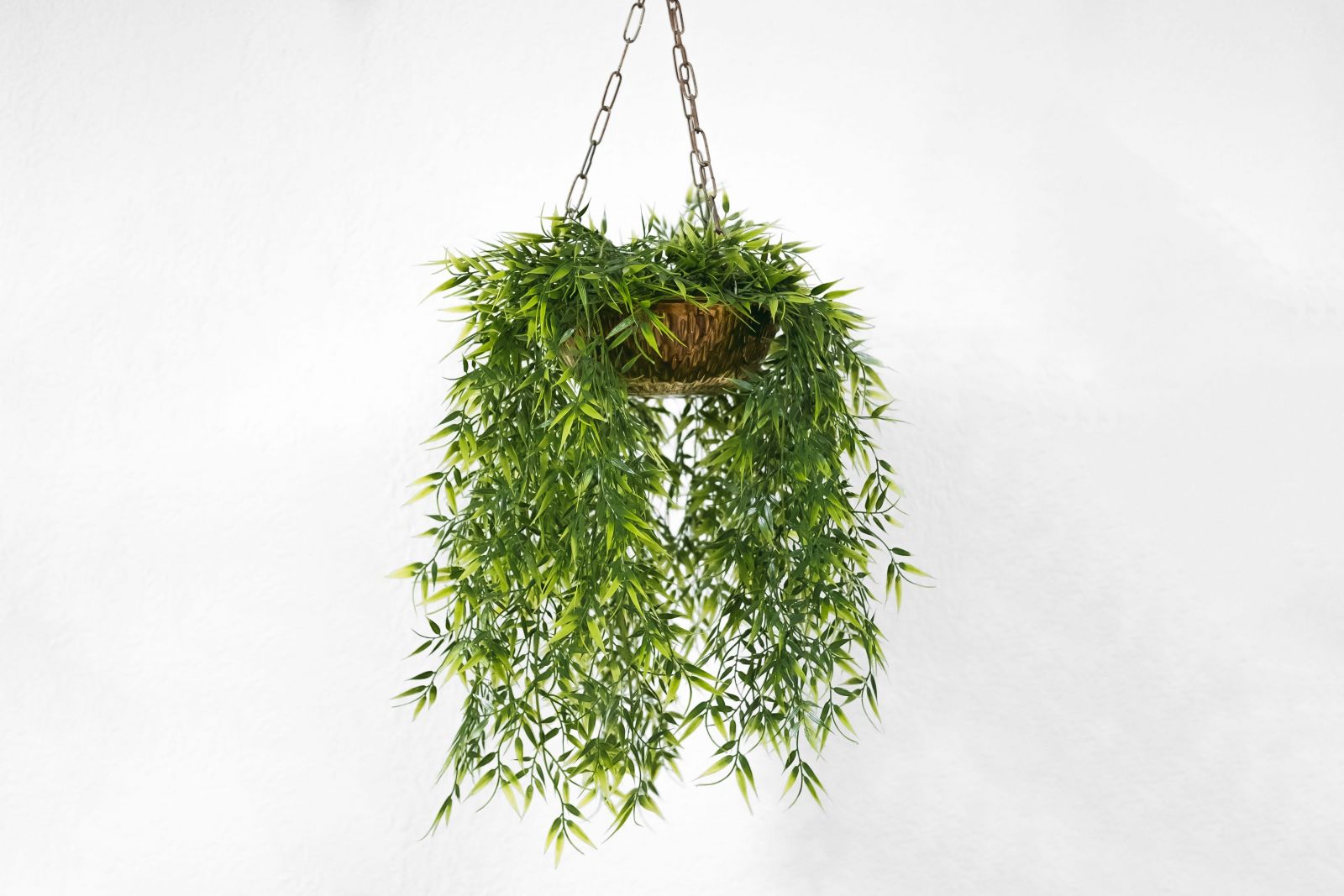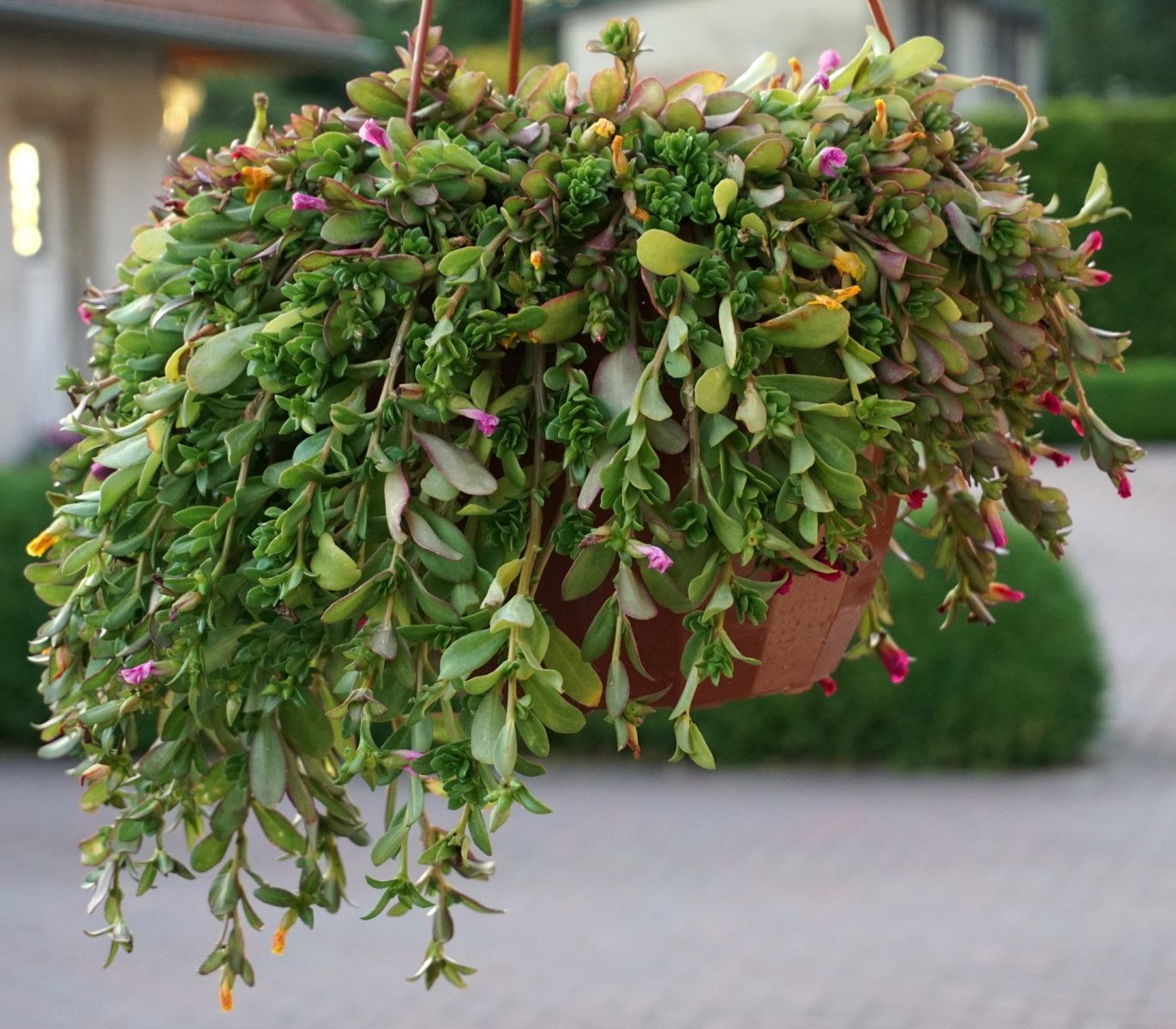Trailing Plants
Trailing plants make your home into a wonderful jungle. When you want more green inside your house, but all your shelves and tables are already filled with plants, hanging plants are the best option. They fit everywhere and add a dynamic aspect to your interior, making your living room or bed room more lively and welcoming. How do you take care of trailing plants and which ones should you buy? Goodgardn tells you everything you need to know about these beautiful indoor plants.
The best plants for hanging baskets
Maybe you have already purchased some pretty hanging plant pots for your soon to be bought trailing plants. But what plants will fit these pots best? Of course, all depends on your own taste and your home décor, but these indoor hanging plants are certainly a big hit:
- The arrowhead plant: this pot plant has large leaves with amazing foliage, sometimes flushed with white, pink or purple undertones. They like to have some sun, but not too much: do not put them in direct sunlight;
- The Boston fern: the feathery fronds of this hanging plant make it into a wonderful asset to your living room. Furthermore, the Boston fern improves the air humidity of your home. Make sure you hang it far below the ceiling, so your plant can function properly and purify the air;
- The English ivy: this trailing plant has stylish vines that create a mass of colour inside of your home. Put your hanging basket in a spacious spot, so your plant has enough room to grow. Your English ivy does not like too much sun, so make sure your plant lives in a relatively shady area;
- The ripple peperomia: the heart-shaped leaves of this indoor plant are covered with wonderful patterns. Moreover, they come in a variety of colours: green, white and red. Do not put this plant in direct sunlight and water once or twice a week;
- The string of pearls: this trendy house plant has extraordinary leaves that look just like pearls. They are filled with water to protect the plant from drought. That is why you do not have to water this plant very often.

The difference between hanging plants and climbing plants
There are two types of house plants in UK that are getting more and more popular: the hanging basket plants and the climbing plants. Both pot plants have a cheerful appearance, but what is the exact difference? Whereas climbing plants have the tendency to grow ‘up’ vertically, trailing plants grow down to the ground. You can help both kinds of house plants by providing them with some sort of support to keep them from dangling. Attach your hanging plant to a brass support stick or use a plastic plant support when its leaves are getting too bushy. A climbing plant automatically ‘clings’ to the first vertical support they can find.
How to make hanging baskets look beautiful
How do you make sure your trailing plants will continue to look beautiful? Here are 5 steps to give your trailing plants a long and happy life:
- Find a plant hanger that fits. You can make one yourself, but you can also buy one. Make sure the basket fits in your hanger, so it does not slip out;
- Water your plant wisely. This sounds like an obvious enough tip, but is still crucial for the survival of your hanging plant. Some plants, like the string of pearls, do not need a lot of water. But plants like the hanging petunia need to be watered daily during dry periods;
- Fertilize your trailing plant to give it the nutrients it needs. When you are giving your hanging plants a lot of water, nutrients drain away quickly. So make sure you feed them frequently to keep them healthy;
- Remove dead leaves and wilted flowers when they have finished blooming. In this way, you make sure your plant focuses all its attention and energy on the flowers and branches that are not yet fully grown;
- Rotate your hanging baskets frequently to give all your plants enough sunlight. Maybe you have one spot in your garden that is relatively sunny and one that lies in a bit more shade. Make sure all plants get enough light by switching the baskets every week or so.

